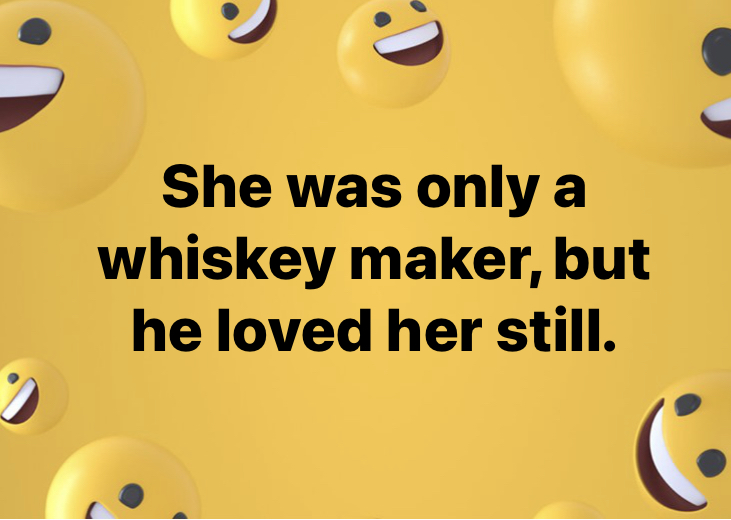Cogswell
Well-Known Member
- Joined
- Sep 7, 2021
- Messages
- 67
- Reaction score
- 37
I'm getting back into the hobby after a two decade absence. I brewed kits and extract recipes back in the day.
I looked into BIAB and the Robobrew type systems but they don't appeal to me.
I want to brew all-grain using the standard three vessel system. I plan to outfit my tun with a false bottom and pump for Vorlauf, and a RIMS tube to hold mash temperature.
I want to produce 5 gallons (no less) of any style of beer without hassles no matter how giant the grain bill. I don't want a doughy mess in the tun and I don't want to stand eagle eyed over the kettle fearing a boil over.
From my extract days, I know there are losses during racking. I assume there are additional losses throughout the all-grain process but I haven't found ways to estimate them.
I'm doing this on a budget, otherwise I'd get 15 gallon vessels across the board and be done with it.
What size Hot Liquor Tank, Mash Tun, and Boil Kettle should I buy?
I looked into BIAB and the Robobrew type systems but they don't appeal to me.
I want to brew all-grain using the standard three vessel system. I plan to outfit my tun with a false bottom and pump for Vorlauf, and a RIMS tube to hold mash temperature.
I want to produce 5 gallons (no less) of any style of beer without hassles no matter how giant the grain bill. I don't want a doughy mess in the tun and I don't want to stand eagle eyed over the kettle fearing a boil over.
From my extract days, I know there are losses during racking. I assume there are additional losses throughout the all-grain process but I haven't found ways to estimate them.
I'm doing this on a budget, otherwise I'd get 15 gallon vessels across the board and be done with it.
What size Hot Liquor Tank, Mash Tun, and Boil Kettle should I buy?


 It was a Standard Stout Brew Kettle. We use high pressure propane and our Boil Watcher got distracted.
It was a Standard Stout Brew Kettle. We use high pressure propane and our Boil Watcher got distracted.
